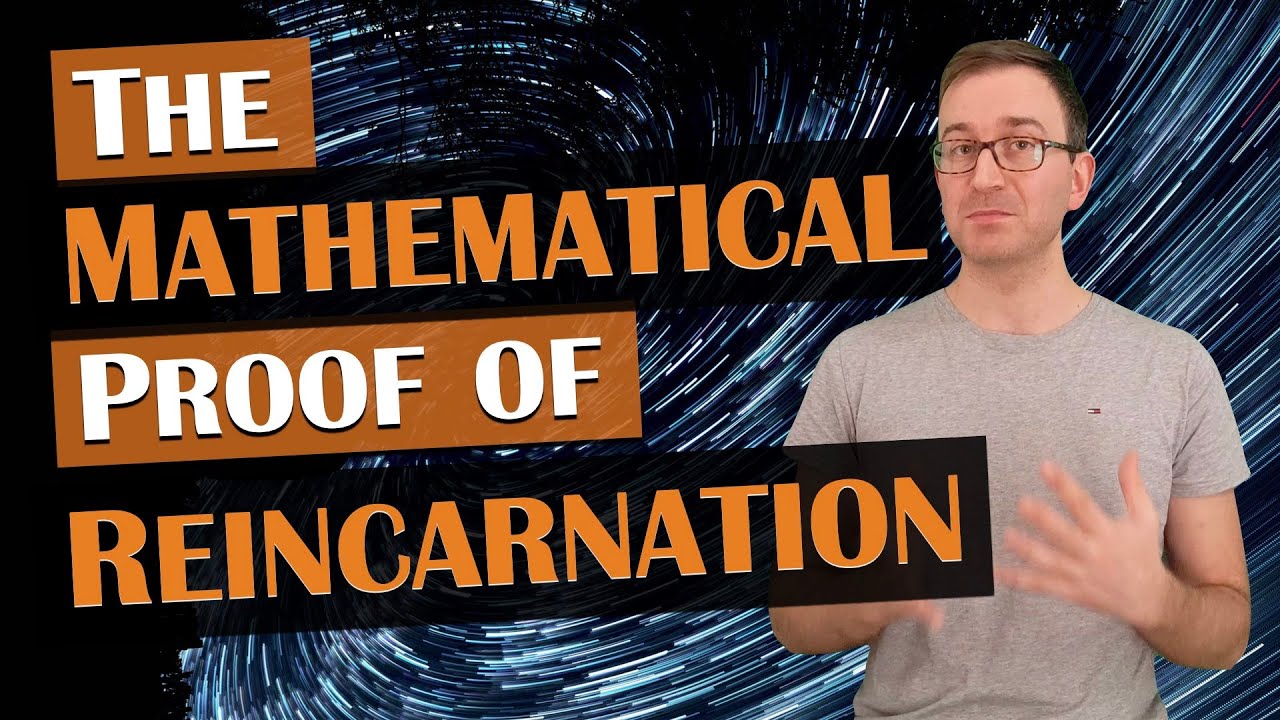

The Poincaré Recurrence Theorem
The Poincaré Recurrence Theorem is a fundamental result in dynamical systems theory, named after the French mathematician Henri Poincaré. It provides a powerful insight into the behavior of deterministic dynamical systems and states that, under certain conditions, almost all points in a system will eventually return arbitrarily close to their initial state.
Formally, the Poincaré Recurrence Theorem can be stated as follows:
Consider a dynamical system defined by a phase space X and a transformation T that maps points in X to their future states. Let A be a subset of X and let T^n(A) denote the set of points reached by iterating T n times starting from A. Then, for almost all points x in A, there exists an integer n such that T^n(x) is arbitrarily close to x.
In simpler terms, the theorem states that in a deterministic system, if you wait long enough, almost all initial states will eventually revisit arbitrarily close to their starting point.
To understand this theorem better, let's consider a simple example. Imagine a billiard table with a perfectly elastic ball bouncing around. The ball's trajectory can be described by a set of equations that determine its position and velocity at any given time. In this case, the phase space X would represent all possible positions and velocities of the ball.
According to the Poincaré Recurrence Theorem, if we start the ball from a particular point on the table with a specific velocity, then after a sufficiently long time, the ball will return arbitrarily close to its initial position and velocity. This means that, at some point in the future, the ball will retrace its exact path, colliding with the same walls and following the same trajectory.
It's important to note that "almost all" points in the theorem refers to all points except possibly for a set of measure zero. In other words, there may be a few exceptional points that never return, but they are extremely rare and do not affect the overall behavior of the system.
The Poincaré Recurrence Theorem has far-reaching implications in various fields, including statistical mechanics, ergodic theory, and cosmology. It helps establish the concept of time reversibility in classical mechanics and provides a theoretical foundation for the second law of thermodynamics.
While the theorem was initially formulated by Poincaré in the late 19th century, its rigorous proof was completed by Russian mathematician Andrey Kolmogorov in the 1930s. Since then, it has been further generalized and applied to a wide range of dynamical systems.
References:
1. Poincaré, H. (1890). "Sur le problème des trois corps et les équations de la dynamique." Acta Mathematica, 13, 1-270.
2. Kolmogorov, A. N. (1931). "Über das Poincarésche Wiederkehrsproblem." Mathematische Annalen, 103(3), 654-696.
3. Katok, A., & Hasselblatt, B. (1995). Introduction to the Modern Theory of Dynamical Systems. Cambridge University Press.
Related Posts
© 2025 Invastor. All Rights Reserved

User Comments